Virtual reality gets real: Sony PSVR vs Oculus Rift vs HTC Vive
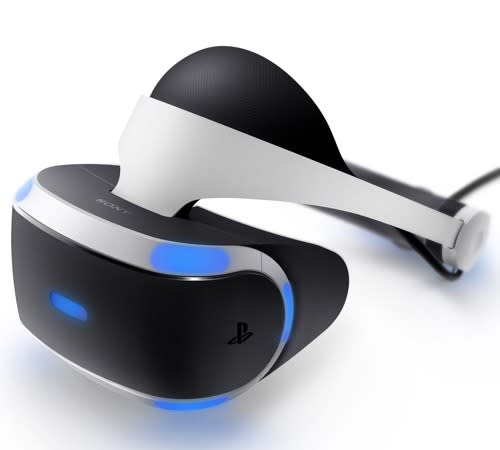
Sony has finally announced the pricing and availability of its much-anticipated PlayStation VR (PSVR) headset. Working in conjunction with Sony’s PlayStation 4 console, the PSVR will cost $400 when it hits the market in October.
That’s relatively cheap when you consider that Facebook’s Oculus Rift and HTC and Valve’s Vive cost $600 and $800, respectively. But price isn’t the only significant difference between PSVR and its PC-based competitors. Wondering which VR headset should get the nod? Here’s how they compare.
PlayStation VR
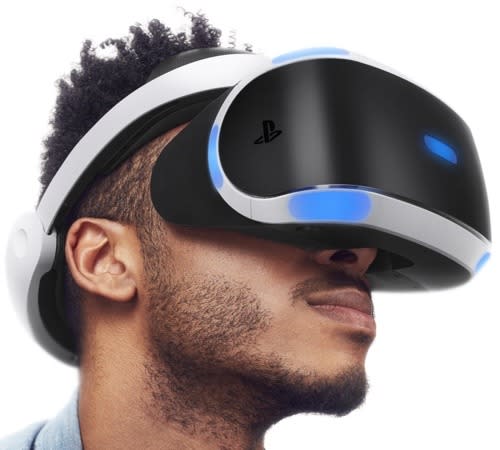
The newest kid on the block features a combined 1920 x 1080 display OLED resolution, with each eye seeing 960 x 1080. The screen also gets a 120Hz refresh rate and 100-degree field of view, which should translate to smooth visuals. Sony has also announced a 90Hz refresh rate option, for the PSVR, as well, which will allow developers to create games that aren’t as hardware intensive.
The headset tracks your movement via its built-in accelerometer and gyroscope, as well as the PlayStation Camera, which follows the nine LEDs on the exterior of the PSVR.
In terms of controls, there’s the standard PlayStation controller (the best one out there, in my opinion) and the PlayStation Move motion controller.
Unfortunately, Sony isn’t including the PlayStation Camera or PlayStation Move controllers with the PSVR, so you’ll have to shell out an extra $160 for those. That puts the”real” price of the PSVR at $560, which is still cheaper than both the Rift and Vive.
The PSVR connects to your PS4 via a special converter box. You plug the headset’s HDMI and USB cables into the box, then the box into your PS4. A secondary HDMI port on the box lets you send the image to your TV, so you can wear the headset and still play your friend who doesn’t have a headset of her own.
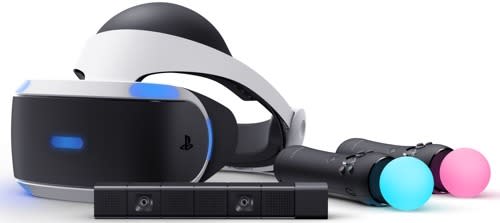
Outside of its relatively low price, PSVR has two other advantages over the Rift and Vive: its games catalogue and the fact that it runs on the PlayStation 4.
According to Sony, 50 games will support its headset by the end of the year. Sony says it also has more than 100 developers working on other titles.
The fact that the PSVR runs on a PS4 means you don’t have to go out of your way to buy or build a hardcore gaming PC to run it. What’s more, there are 36 million PS4s already on the market, which means the PSVR has a healthy built-in base.
Even if you don’t currently have a PS4, a console bundle with a game costs $400. Couple that with the price of the PSVR and you’re paying about $960, which is less than the price of a computer you’d need to run the Rift or Vive.
Oculus Rift
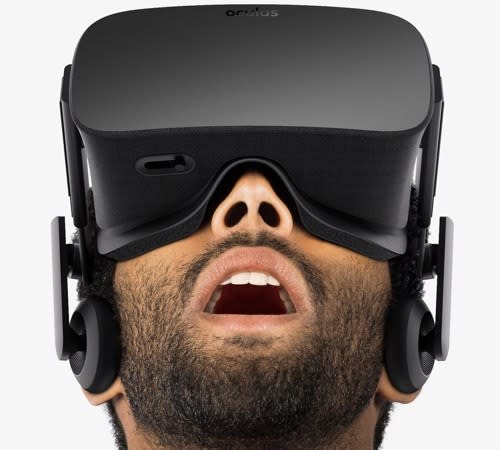
Facebook’s Oculus Rift is the salty old veteran of the group: It essentially launched the current virtual reality push with its Kickstarter debut in 2012.
Available for pre-order now for $600 (the first batch of orders are shipping on March 28th), the Rift will be the first of its competitors to hit the market. We’ve had ample opportunity to try the Rift over the past year and found it a joy to use.
Unlike the PSVR, which uses a single screen to display images, the Rift uses two displays for each eye. Both displays output at 1080 x 1200 per eye (better than the PSVR’s 960 x 1080 per). As a result, images look a bit sharper on the Rift.
That said, the Rift has a slower refresh rate than the PSVR — 90Hz versus the PSVR’s 120Hz. That means the PSVR’s games will theoretically run more smoothly.
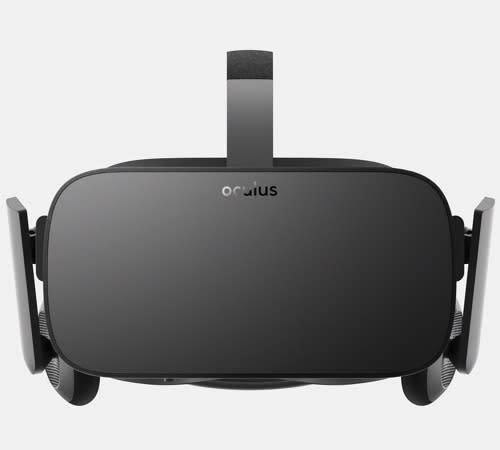
Like the PSVR, the Oculus Rift features a built-in gyroscope and an onboard accelerometer. An external head-tracking system follows your head’s movements and translates them to Rift, similar to the way the PlayStation Camera tracks the PSVR.
When the Rift ships it will include an Xbox controller that players can use to navigate their virtual worlds. Oculus has been working on wireless touch-based controllers for some time, but won’t have them ready until the second half of 2016.
In terms of games, Oculus says it will have 30 titles available at launch with an extra 100 coming by the end of the year.
Where the Rift hits a snag, comparatively, is in its steeper system requirements. Like Sony’s headset, the Rift connects to your PC via series of HDMI, USB 3.0 and USB 2.0 cables. Don’t have the required three USB 3.0 ports and extra USB 2.0 port? You’re out of luck. And those are just the requirements needed to hook up the Rift.
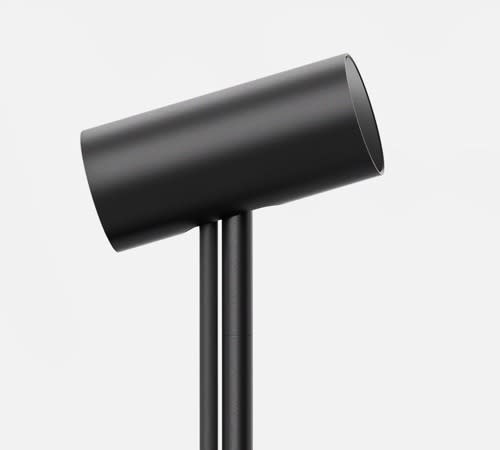
If you actually want to run the Rift, you’ll need a PC running an Intel Core i5-4590 processor or better, 8 GB of RAM, and a high-end graphics card like the Nvidia GTX 970 or AMD R9 290. Those aren’t exactly low-fi PC specs. In other words, or rather Palmer Luckey’s, don’t expect your Mac to run the Rift.
Oculus has, however, partnered with several PC manufacturers to offer special “Oculus Ready” PCs. Those PCs, which range from $1,000 to about $2,000, will come both in standalone options or bundled with the headset.
HTC Vive
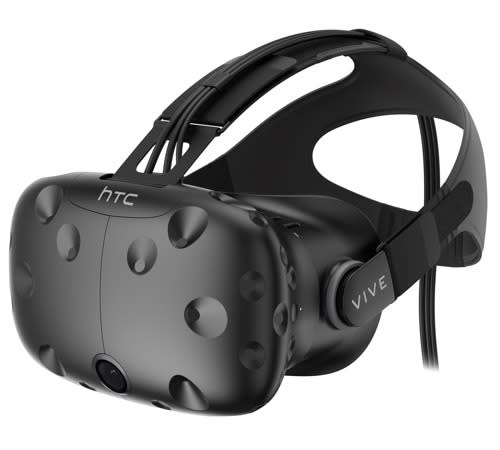
A joint development by HTC and games publisher Valve, the Vive is the most advanced of the three virtual reality headsets. That’s because it’s able to actually track your physical movements within a 15x15′ space).
But that brings its own issue: you’ll need a big enough room in your home to use it. If you live in an apartment, that could be tough. That said, the Vive is modular and can go from room-scale to a simpler head-tracking mode. So if you’re short of floor space, you can still use it while standing or sitting.
Like the Rift, the Vive has a display resolution of 2160 x 1200, which breaks down to 1080 x 1200 per eye. Again, that’s sharper than the PSVR’s display, which should mean crisper graphics.
And as with the Rift, the Vive has a 90Hz refresh rate — lower than the PSVR’s 120Hz — so games might not run as smoothly as they do on Sony’s headset.
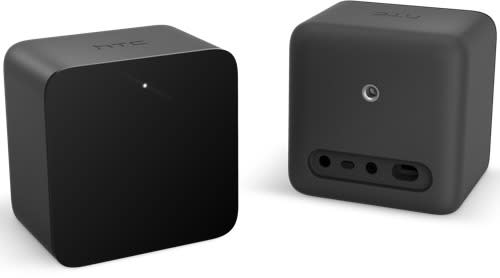
The Vive also comes with a special sensor that tracks your movements, but whereas Oculus and Sony’s headsets use single sensor boxes, the Vive uses two that you have to place in separate areas of your room. These boxes are what allow the Vive to follow your movements when you walk around or move your head.
One reason the Vive is so expensive (beyond its ability to track you as you walk) is that it includes two wireless motion-tracking controllers, so you’ll be able to manipulate in-game items by physically moving your hands. That’s a step ahead of Oculus, which isn’t including motion controllers at launch.
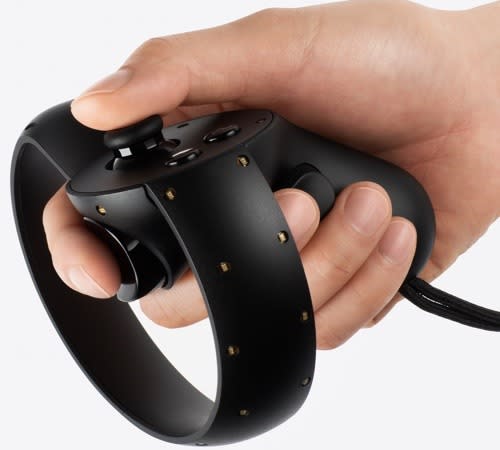
The Vive’s other potential advantage is that it has been co-developed with Valve. The creator of the Steam online gaming portal, Valve can get games to players quickly and painlessly.
But like the Rift, the Vive can only run on a pretty beefy PC. In all likelihood, you’ll end up shelling out a minimum of about $1,000 for such a setup. Add that to the cost of the Vive and you’ll end up parting with roughly $1,800, if you’re lucky.
The bottom line
As it stands now, Sony’s PlayStation VR is easily the most attractive buy in terms of price, even if the setup will actually cost $560 rather than the $400. Add that to the fact that the PSVR runs on the PlayStation 4, which is already in millions of households, and it’s likely that Sony’s headset will be the first VR headset that many people use.
But it won’t be the first one available, and that pole position — along with its polished games lineup and potent Facebook backing — gives Oculus a huge advantage. And while the Vive isn’t quite as well known, hardcore gamers already use Valve’s Steam gaming portal, which could make the Vive an interesting prospect indeed.
Which headset are you most interested in? Let us know in the comments.
Email Daniel at dhowley@yahoo-inc.com; follow him on Twitter at @DanielHowley.
